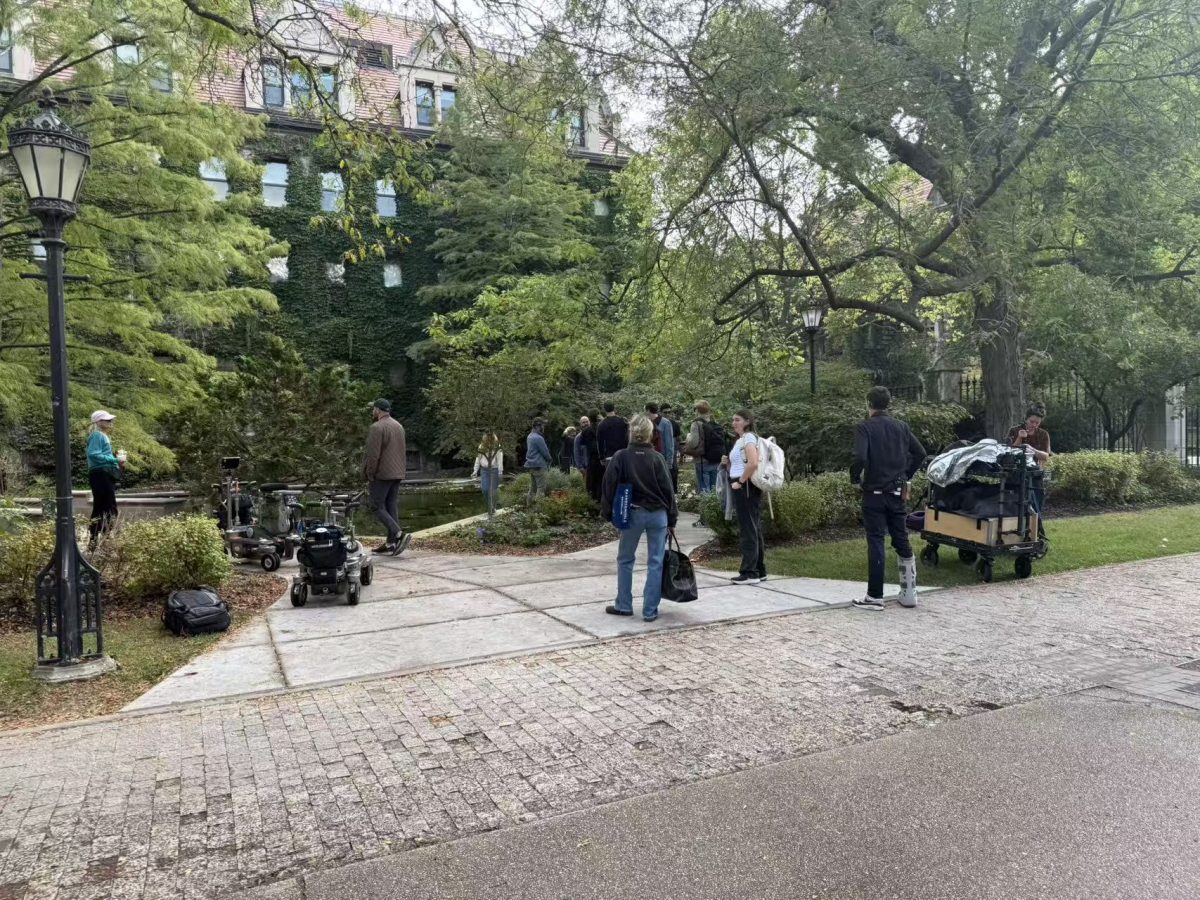A malfunction in the registrar’s website this week left students unable to register for classes and check their final grades for the winter term. Other students were frustrated about being timed out of the system, a lack of data synchronization, and the server’s unusual slowness.
According to Alex Henson, director of student and development applications for Network Services and Information Technologies (NSIT), the system’s problems were caused by a hardware failure on Monday. Dell provided the hardware.
“The server is supposed to fail over to a redundant server, but in this case the hardware failed,” Henson explained.
Molind Desai, a first-year in the College, was unable to register online for classes. “The ‘select’ button did not work on the site,” Desai said. “When I clicked it, nothing happened. I had to go to three classes and talk to professors [about getting into the course].”
Henson said that the transfer failed as a result of increased usage of the registrar’s Web site during a time when increased use is most expected-the first week of the quarter.
The last time a major internet-based system broke down at the University, causing the email system to go offline, was in December during final’s week of autumn quarter. Then, the initial slowdown that led to the system being taken offline was also caused mainly by an increase in usage.
Despite the similarity of heavy usage-with a similar rush of email traffic expected during finals week-Henson maintained that the causes of these two occurrences were unrelated.
According to Henson, “this incident was a unique situation,” as the second server is designed to be available to handle extra traffic.
The failure of the server to convert this week was caused by a mechanical malfunction in the system, Henson said, referring to a broken drive converter.
On Thursday morning, NSIT was able to activate the redundant server. But, then, the system broke connectivity, Henson said, causing the part of the registrar’s site that allows students to change their University address, access their grades, and check immunization records, among other things.
Additionally, the break in connectivity caused problems synchronizing data within the system, which led to errors in accounting for how many spaces would be open in a given course, frustrating many students interested in signing up for a particular class.
Henson said that NSIT does not hold Dell accountable for the failure. “Dell did what they were supposed to. The University has a multitude of service providers and we think that Dell is the best one for this service, ” he said.
The hardware is being replaced by Dell at no cost to the University.








